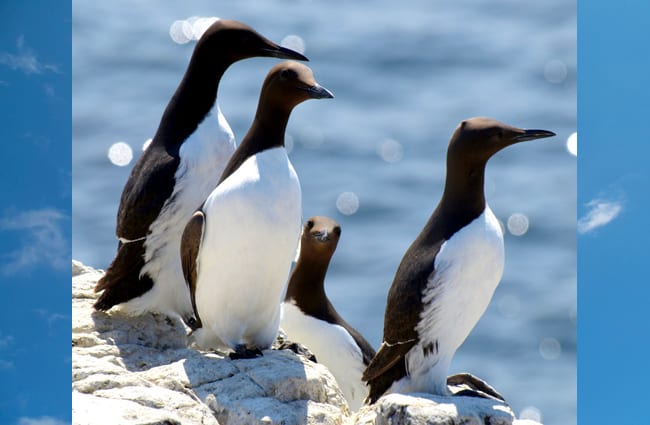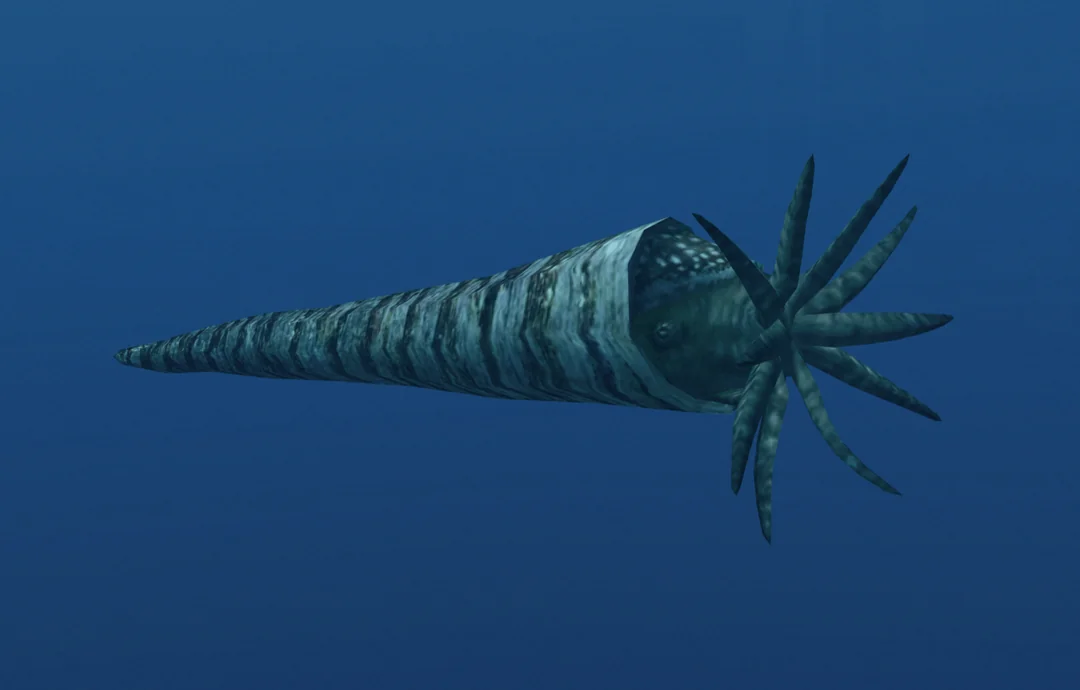About Extinct Invertebrates
Invertebrates, animals without backbones, represent the vast majority of Earth's biodiversity. Despite their small size, these creatures have played crucial roles in ecosystems for hundreds of millions of years. Many invertebrate species have disappeared due to environmental changes, habitat destruction, and human activities, often with significant ecological consequences.
From ancient marine arthropods to modern insects, invertebrate extinctions have occurred throughout geological history. Some prehistoric invertebrates grew to enormous sizes during periods of high atmospheric oxygen, while others developed unique adaptations that made them vulnerable to environmental changes.
The invertebrates featured here demonstrate the diversity of species we've lost and highlight the importance of protecting the countless invertebrate species that still survive today, many of which remain undiscovered or poorly understood.
Great Auk

The Great Auk (Pinguinus impennis) was a flightless seabird that stood about 75-85 cm tall, resembling a penguin. This remarkable bird was hunted to extinction in the mid-19th century. The last known pair was killed in 1844 while incubating an egg. Its extinction marked one of the first clear cases of humans driving a species to extinction.
Giant Orthocone

The Giant Orthocone (Cameroceras) was a massive straight-shelled nautiloid that lived 470-440 million years ago during the Ordovician period. Reaching lengths of 20 feet, it was the largest known predator of its time. These ancient cephalopods hunted in shallow tropical seas before going extinct due to climate changes and competition from early jawed fish.